The financial markets are generally in risk seeking mode today on optimism that there will be a trade deal between US and China soon. WSJ reported that a signing summit could be held on March 27. Also, Bloomberg reported that China is planning to cut VAT that covers manufacturing sector by 3%, as a measure to support the slowing economy.
New Zealand and Australian Dollar trading mildly higher. But gain in so far rather limited as traders guard against any dovish twist in RBA statement tomorrow. Nomura follows Westpac and forecasts RBA to cut interest rate by 50bps this year. Meanwhile, Euro is the weakest one as selling comes in during early European session. But there is no follow through selling yet. Slightly better than expected Sentix investor confidence provides no support to the common currency. Swiss Franc is the second weakest one for now, followed by Canadian.
In Europe, currently:
- FTSE is up 0.71%.
- DAX is up 0.22%.
- CAC is up 0.64%.
- German 10-year yield is down -0.0163 at 0.17.
Earlier in Asia:
- Nikkei rose 1.02%.
- Hong Kong HSI rose 0.51%.
- China Shanghai SSE rose 1.12%.
- Singapore Strait Times rose 0.95%.
- Japan 10-year JGB yield rose 0.0103 to 0.002, turned positive.




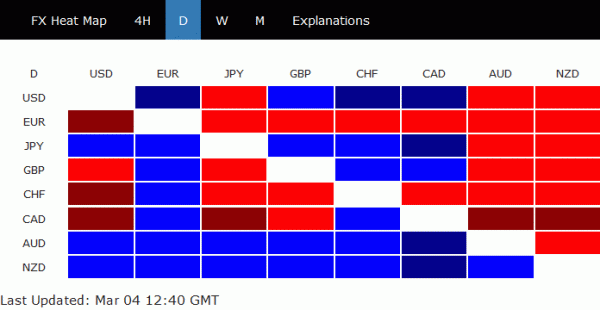
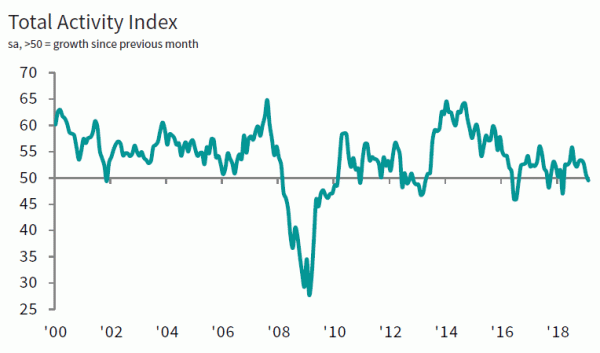
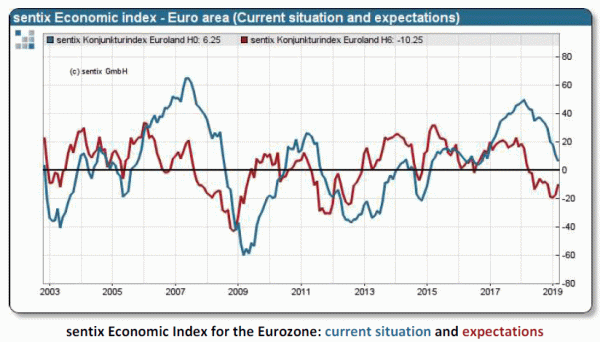
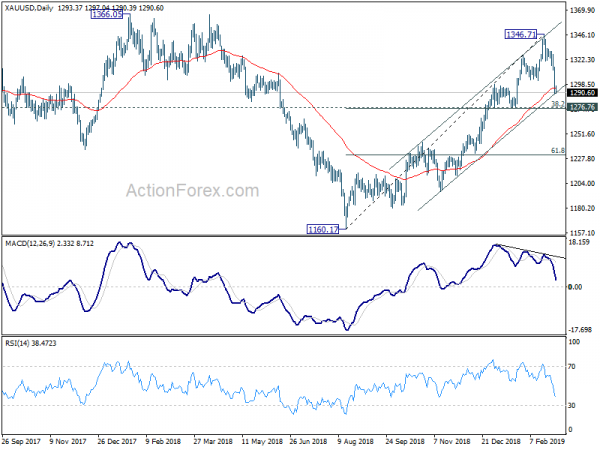
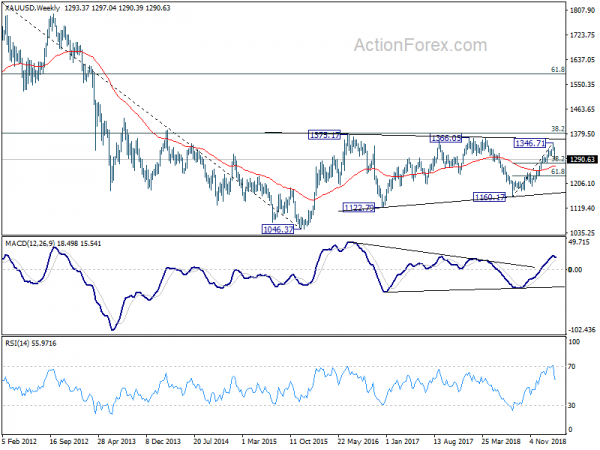

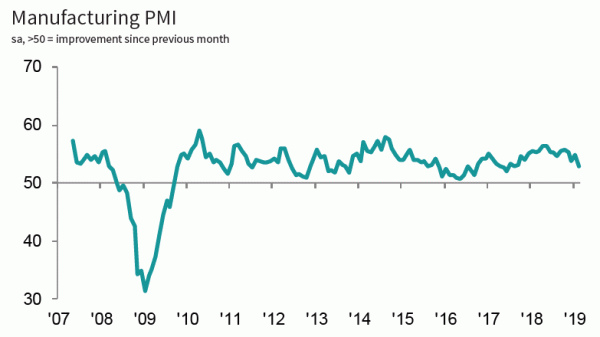
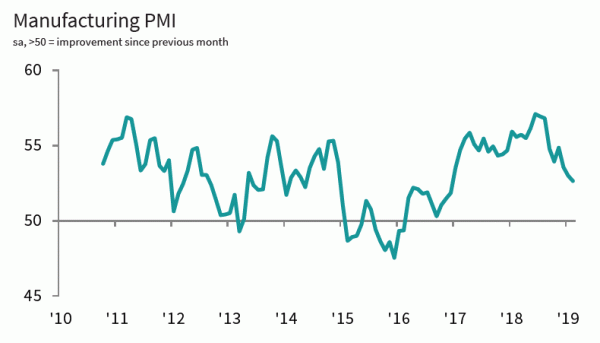
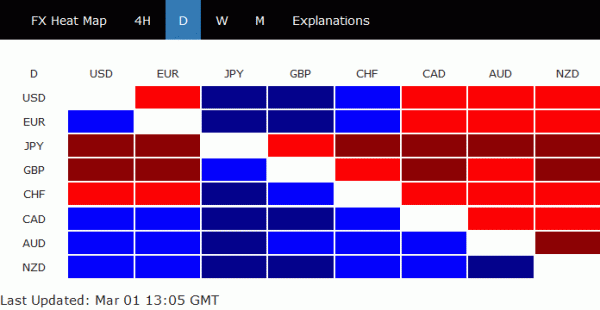
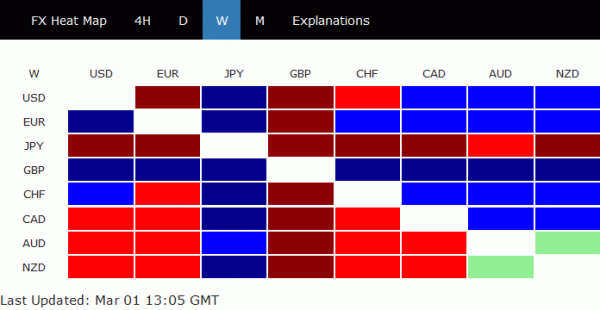
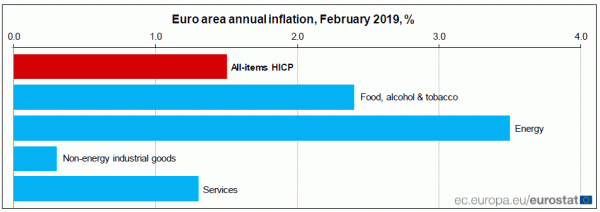

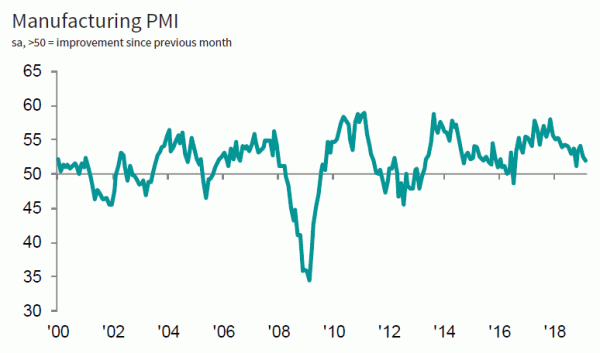
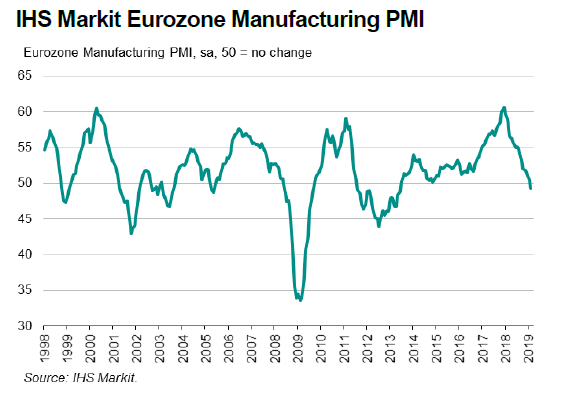
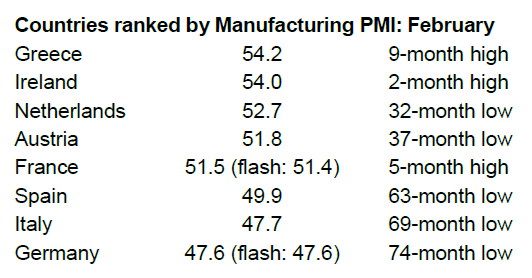
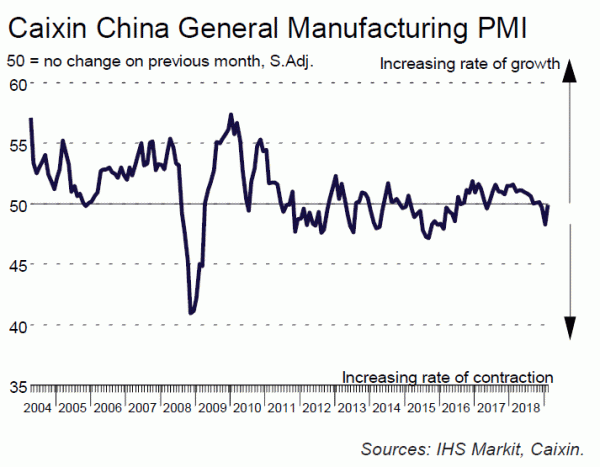
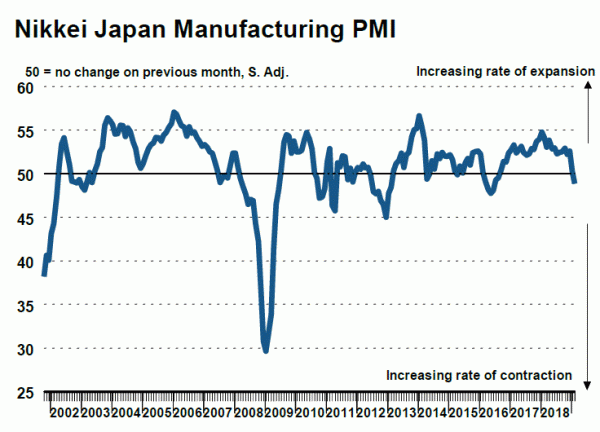

EU Malmstrom and USTR Lighthizer to meet on March 6 on trade negotiations and tariffs
EU Trade Commissioner Cecilia Malmstrom is scheduled meet U.S. Trade Representative Robert Lighthizer on March 6 in Washington to resume trade negotiations. On the following day, Secretary-General of the European Commission, Martin Selmayr, will meet US National Economic Council Director Larry Kudlow.
European Commission spokesman Margaritis Schinas said “the discussions will focus on the next steps toward the implementation of the July 2018 Joint Statement and on the EU-US cooperation on World Trade Organization reform and level playing field issues”. He added that “the Commission will update the U.S. side on the state of play of the adoption of the negotiating mandates for EU-U.S. trade agreements on industrial goods and on conformity assessment.”
Also, Schinas said “the Commission will also raise the EU’s concerns on the tariffs imposed by the U.S. on steel and aluminum products and on the possible consequences of the recently concluded investigation on whether automobile imports represent a threat to the US’ national security”.